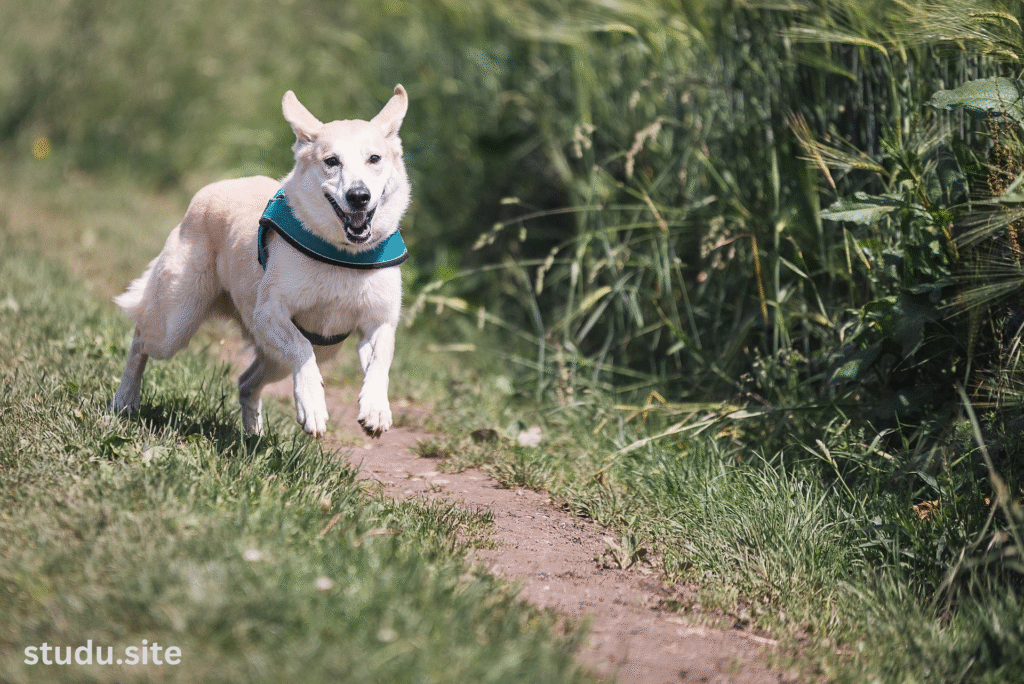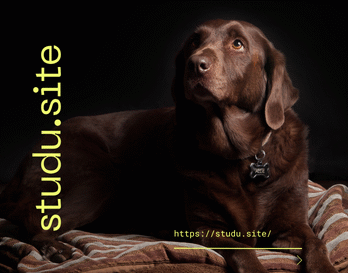Introduction to the “Homophobic Dog” Concept
The term “homophobic dog” gained popularity online as it is usually applied in a humorous sense or as a misperception of canine behavior. Dogs, being natural animals, don’t feel complex human emotions such as homophobia. Some behavioral patterns in dogs could be mistakenly viewed as responses to particular characteristics of humans, such as sexual orientation. This blog article delves into the reality of the “homophobic dog” concept, whether dogs behave in a particular manner, the manner in which to read their behavior, and how to train them for improved socialization. With knowledge of canine psychology, myths are dispelled, and the relationship with our pets improves.

Can Dogs Be Homophobic?
Dogs do not have the intellectual ability to comprehend or judge human notions such as sexual orientation. Their response is a product of instincts, previous experiences, and environmental stimuli. A dog that appears to respond in a negative manner—barking, growling, or moving away—towards some people isn’t homophobic. Rather, it’s most likely responding to new smells, body language, tone of voice, or previous experiences. For instance, a dog can bark at an individual with a deep voice or energetic movements if it hasn’t learned to be socialized to those characteristics. Calling a dog “homophobic” is a human projection, not an indication of the dog’s state of mind.
Why Dogs Respond Differently to Humans
Dogs depend significantly on their senses—smell, vision, and hearing—to understand the world. Various reasons can cause a dog to respond differently to a human:
Scent and Pheromones
Canine sense of smell is acute, detecting differential odors in human pheromones or even scents on clothing. A novel perfume, cologne, or new scent may be cause for alarm.
Body Language
Canines are extremely sensitive to human body language. Sudden movement, direct stares, or forward leaning may be found threatening by an unsocialized dog.
Past Experience
A dog that has previously experienced unpleasant contact with some categories of individuals (e.g., men who are bearded, have loud voices, or wear particular attire) may extend that fear to others with similar characteristics.
Lack of Socialization
Puppies must be exposed to various people, noises, and environments during their socialization period (3–12 weeks). Without this, they will learn to fear or become aggressive around new stimuli.
If a dog appears to respond to an individual based on their looks or behavior, it is not prejudice but rather a response based on instinct formed through experience or absence thereof.
Busting the “Homophobic Dog” Myth
The concept of a “homophobic dog” usually arises from trending social media memes or funny stories involving a dog disliking a certain person. These are amusing but inaccurate. Dogs don’t sort humans out according to human social categories. Rather, their responses are based on sensory data and acquired behavior. To illustrate, a dog may bark at someone who is wearing a hat because it has equated hats with an adverse past experience, rather than for any profound judgment. Anthropomorphizing dogs leads us to potentially misinterpret their needs and behaviors.
How to Address Unwanted Dog Behaviors
If your dog reacts negatively to certain people, it’s essential to address the behavior through training and socialization. Here are some practical steps:
1. Positive Reinforcement Training
Reward your dog with treats, praise, or play when it remains calm around new people. This creates positive associations and reduces fear-based reactions. For example, if your dog barks at someone, redirect its attention with a command like “sit” and reward compliance.
2. Gradual Desensitization
Expose the dog to the stimulus it responds to in a controlled, step-wise manner. If your dog is cautious around men with deep voices, begin by exposing it to such men at a distance, rewarding relaxed behavior, and gradually reducing the distance over time.
3. Socialization Opportunities
Expose your dog to dog parks, classes, and public areas where it will meet different people. The greater the exposure, the lower the chance of it responding negatively towards different characteristics.
4. Professional Assistance
In case your dog’s responses are harsh or aggressive, visit a professional dog trainer or behaviorist. They can diagnose underlying factors like anxiety or trauma and develop a customized training plan.
Knowing Canine Psychology
Dogs have a different emotional range than humans. The dominant feelings in dogs are fear, excitement, curiosity, and affection, all fueled by survival needs. Unlike human beings, dogs don’t make judgments based on societal norms. Their “dislike” of an individual is most likely a fear reaction or unfamiliarity. Once this is understood, pet owners can engage in training with compassion and aim to establish trust instead of judging the behavior of the dog as bad.
Tips for Training to Socialize More
Avoid or reverse mistakes that may be misinterpreted as a “homophobic dog” by focusing on socialization and training:
-
Begin Early: Socialize puppies at their sensitive developmental period to introduce them to different people, sounds, and settings.
-
Utilize Commands: Teach the commands such as “leave it” or “stay” to refocus your dog during stressful interactions.
-
Watch Body Language: Observe your dog’s cues—tail position, ear placement, and barking—to step in before a reaction becomes worse.
-
Consistency is Key: Establishing regular training times ensures that good behaviors are reinforced and your dog is confident in new situations.
The Role of Pet Owners in Shaping Behavior
As a dog owner, your reaction to your dog’s behavior will determine its future response. Don’t reinforce bad behaviors with yelling and punishment, which will just make it anxious. Remain calm and positive, and use positive reinforcement to train your dog. When your dog responds to someone, don’t take it personally—determine the trigger and work on it via training.
Common Misconceptions About Dog Behavior
In addition to the “homophobic dog” myth, there are several other myths that can obscure our understanding of dog behavior:
-
Dogs Are Always Friendly: Not all dogs are social by nature. Breed, temperament, and life experience contribute importantly.
-
Dogs Understand Human Morality: Dogs do not understand human values or morals. Their behavior is based on instinct, not on judgment.
-
Punishment Fixes Behavior: Punishment tends to make fear behaviors worse. Positive reinforcement can do more for lasting change.
How to Create a Positive Environment for Your Dog
Having a healthy, supportive environment makes your dog feel safe and minimizes reactive behaviors:
-
Routine: A regular routine of feeding, walking, and play establishes trust.
-
Safe Space: Offer a calm spot where your dog can escape if feeling overwhelmed.
-
Mental Stimulation: Puzzles, training games, and exercise keep your dog stimulated and less likely to be anxious.
The Bigger Picture: Why Language Matters
Employing words such as “homophobic dog” in the context of humor can reinforce misconceptions regarding the behavior of animals. Although it’s tempting to attribute human qualities to pets, it can result in unrealistic expectations and improper training methods. By concentrating on dog psychology and scientifically proven training, we can effectively assist our dogs and build a stronger human-pet relationship.
Conclusion
The “homophobic dog” is a catchy but inaccurate term that reduces the complexities of dog behavior to simple things. Dogs respond on instinct, not on human prejudice. By respecting their sensory reality and putting time and effort into proper training and socialization, pet owners can manage problem behavior and develop more effective relationships with their dogs. It’s time to set myths aside and work on providing positive, understanding environments for our canine friends.
